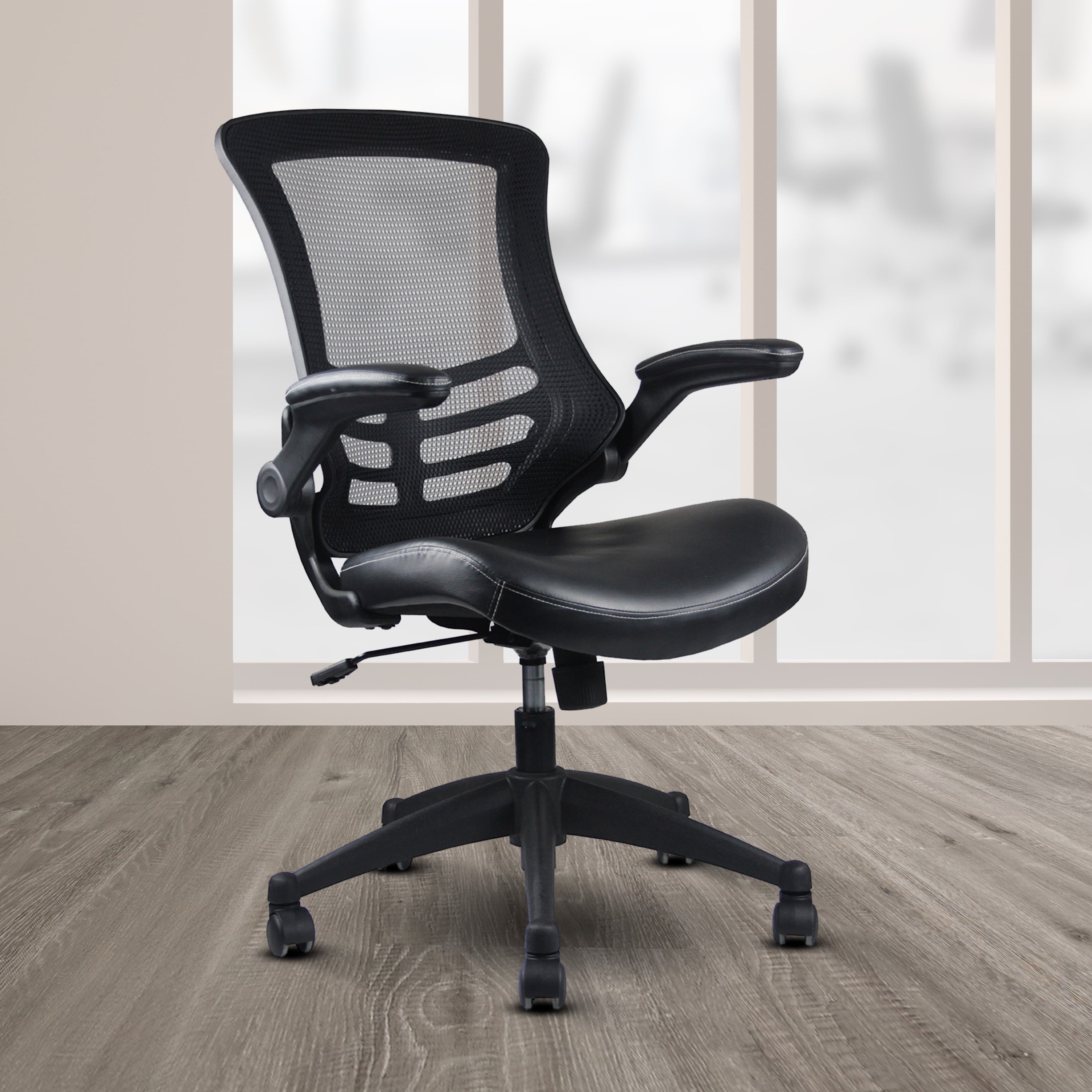Design Considerations for Small Mesh Desk Chairs

The reign of the lumbering, leather-bound office chair is over. A new era dawns, one of sleek efficiency and ergonomic triumph, embodied by the small mesh desk chair. These compact powerhouses offer a compelling blend of comfort, support, and space-saving design, making them ideal for modern workspaces, whether cramped apartments or minimalist offices. Their rise signifies a shift towards prioritizing both productivity and personal well-being within increasingly limited spaces.
Ergonomic Benefits of Small Mesh Desk Chair Design
Small mesh chairs, despite their diminutive stature, can be surprisingly ergonomic. The mesh fabric, a breathable marvel of modern engineering, allows for superior airflow, preventing the heat buildup and discomfort often associated with traditional upholstery. This breathability is crucial for maintaining comfort during long hours of sitting, reducing the risk of overheating and perspiration. Furthermore, well-designed small mesh chairs often incorporate lumbar support systems, cleverly integrated to provide crucial back support without sacrificing valuable space. This support helps maintain proper posture, reducing strain on the spine and promoting overall musculoskeletal health. The adaptability of these chairs, often featuring adjustable height and armrests, further enhances their ergonomic profile, allowing for personalized comfort and optimal posture for each user.
Mesh Material Types and Their Properties
The choice of mesh material significantly impacts the chair’s performance and longevity. Several types are commonly used. Polyester mesh is a popular choice, known for its durability and affordability. It offers good breathability but might not be as supple as other options. Nylon mesh, often touted for its strength and elasticity, provides excellent support and conforms well to the body’s contours. However, it can be less breathable than polyester. Finally, high-performance blends, incorporating materials like spandex for enhanced flexibility and resilience, represent the pinnacle of mesh technology, offering superior comfort and longevity, albeit at a higher price point. Each material presents a unique trade-off between cost, durability, breathability, and comfort, demanding careful consideration based on individual needs and budget.
Design Comparison: Small Mesh Chairs vs. Larger Models
The defining characteristic of small mesh desk chairs is their space-saving design. Unlike their larger counterparts, which often dominate a room’s footprint, these chairs are designed for efficiency. This doesn’t necessarily mean a compromise on comfort or support; rather, it represents a clever optimization of design principles. Smaller footprints are achieved through refined dimensions, often involving slimmer armrests, a more compact seat base, and a streamlined back design. These space-saving features make them perfect for smaller offices, apartments, or shared workspaces where maximizing available floor area is paramount. While larger chairs might offer more expansive seating and potentially more robust support features, small mesh chairs skillfully compensate for their reduced size through ergonomic design innovations and the inherent benefits of breathable mesh fabric.
Comparison of Four Small Mesh Desk Chairs
The following table compares four popular small mesh desk chairs based on key features:
| Chair Model | Dimensions (W x D x H) | Weight Capacity (lbs) | Adjustability Features |
|---|---|---|---|
| Chair A | 20″ x 22″ x 36″ | 250 | Height adjustable, adjustable armrests |
| Chair B | 18″ x 20″ x 34″ | 220 | Height adjustable |
| Chair C | 21″ x 24″ x 38″ | 300 | Height adjustable, adjustable armrests, lumbar support adjustment |
| Chair D | 19″ x 21″ x 35″ | 200 | Height adjustable, tilt mechanism |
